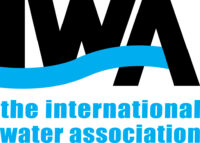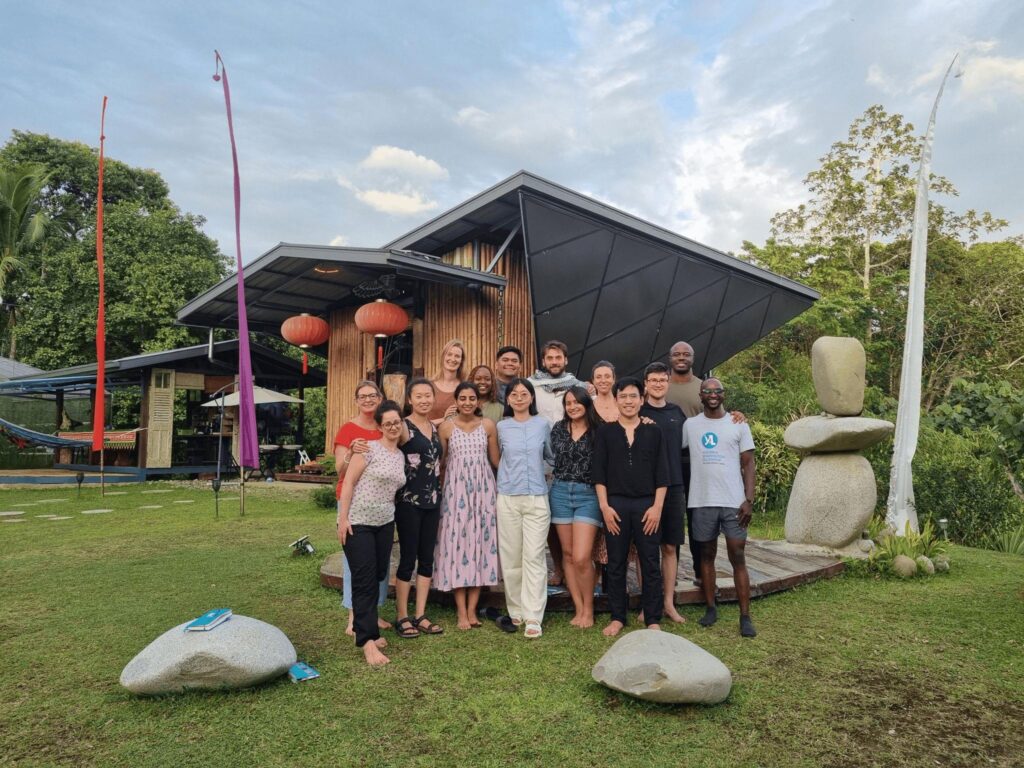Like all countries across the globe, Norway is not immune to climate change. Increased precipitation and extreme weather events in the country mean that water and wastewater systems have a growing vulnerability to water-related risks, which has led to the need for adaptation approaches to be adopted. Bergen, the rainiest city in Europe, considers stormwater a resource. The city is shaped by decades of giving stormwater time and space, with emphasis on nature-based solutions and interdisciplinary collaboration.
How Europe’s rainiest city is turning stormwater into a resource
Like all countries across the globe, Norway is not immune to climate change. Increased precipitation and extreme weather events in the country mean that water and wastewater systems have a growing vulnerability to water-related risks, which has led to the need for adaptation approaches to be adopted. Bergen, the rainiest city in Europe, considers stormwater as a resource. The city is shaped by decades of giving stormwater time and space, with emphasis on nature-based solutions and interdisciplinary collaboration.
Bergen aims to be Norway’s greenest city and a pioneering city with regards to environment, sustainable development and climate adaptation. Specific targets include becoming fossil free by 2030 and a 1.5-degree city by 2050, having zero-emission construction sites by 2025and increasing climate adaptation especially through blue-green infrastructure.
Adapting to climate change
In the quest to adapt to climate change, Bergen has for many years had an interdisciplinary and interdepartmental approach to stormwater management. As a leader in this area in Norway, Bergen developed a Municipal Stormwater Management plan that: 1) prioritises stormwater management; 2) ensures that stormwater management is integrated in all land use planning and urban development; and 3) ensures that blue-green infrastructure for stormwater management is a mandatory first choice. Training of relevant stakeholders in the Stormwater Management Plan has further accelerated this plan and raised awareness across disciplines. In addition, Bergen municipality has a monthly Interdepartmental Stormwater Forum, to keep stormwater high on the agenda and ensure continuous collaboration. Bergen also has a long history of international collaboration and knowledge-sharing, including more than 12 years of EU projects on climate adaptation, including the ongoing BEGIN project (on blue-green infrastructure through social innovation).
The integration of blue-green infrastructure for stormwater not only ensures significantly reduced flood risk, but also multiple co-benefits in health and biodiversity which improve liveability in Bergen. In attempts to monetise all these benefits, estimates show that the long-term financial benefits of using blue-green infrastructure to reduce flood risk in the municipality area are in the range of €33 million.
Bergen also has measures to enable climate adaptation for the forecasted increase rise in sea-level. As low-lying areas are at risk, all new areas below a certain altitude or with larger flood risk require water locks and pumping for wastewater infrastructure. A separate pumping system for wastewater infrastructure has been constructed for the historic “Bryggen” – a central, low-lying, and vulnerable water-front, with UNESCO-listed sites dating back to 1070 that require extra protection. In the coming years, an interdepartmental risk-based plan for Bergen with regards to the forecasted sea-level rise will be developed, considering the need for greater physical barriers.
Mitigation actions
Actions around mitigation will reduce greenhouse gas emissions and contribute towards Bergen becoming a 1.5-degree city by 2050, meeting the goals of the Paris Agreement.
The utility strategy for Bergen Water specifies the use an energy management system, with a circular economy approach which also reduces non-revenue water and emissions. Energy-use reduction and cost savings are driving utility’s mitigation actions. The utility is able to produce 60% of its energy through a combination of the utility’s biogas production from wastewater sludge and water turbines connected to the water intake from high in the mountains to the drinking water treatment plants. Energy consumption in operations has been reduced by 15% between 2018 and 2020, and further reduction is expected in the coming years. Another feature providing great energy savings is trenchless (no-dig) infrastructure management. For many years, Bergen has been now using a high percentage of trenchless solutions for renewal of pipe infrastructure. In 2020, around 80% of wastewater pipes were renewed with this method. Trenchless technologies not only save large amounts of energy in the construction phase, but also time and are less of a nuisance for citizens.
The utility has strived to become carbon neutral since 2018 and has a tool to map its carbon footprint. Bergen Water’s self-developed climate footprint tool includes both direct and indirect emissions, with a level of detail that is not only a leading approach in Norway, but also internationally. The tool provides an overview of the main sources for emissions and is the foundation for measures to reduce greenhouse gas emissions. For example, chemicals and filter materials have been replaced based on the footprint assessment results. This, together with the reduced energy consumption at treatment plants, as well as the introduction of a biogas treatment plant operation optimization process, has resulted in a 1/3 reduction of Bergen utility’s carbon footprint since 2018.
Data and calculations from the climate footprint tool have also been used for estimating expected levels of emissions in procurement and monitoring in line with international climate agreements. Bergen Water is also involved with IWA’s Climate Smart Utilities initiative and the Norwegian Water Utilities Climate Footprint Tool users forum – where shared experiences with the Bergen tool has been key in shaping a national tool.
Bergen Water follows the principles of a circular economy, by limiting resource and energy consumption and by producing renewable energy and fertiliser from wastewater. Resource usage has been minimised by limiting chemical usage as well as encouraging citizens to limit water consumption. From the biogas plant, 100% of the biosolids are sold as fertiliser in Norway, and 100% of the biogas produced is utilised as fuel by buses in Bergen.
In 2021 the first zero-emission construction work of the utility started, using 100% electric excavators. Already since 2020 all new contracts have required 30% weight on fossil-free construction sites, and from 2023 this will be a qualification requirement. Bergen municipality aims to have zero-emission construction sites by 2025. The municipality collaborates with a local energy company for mobile charging of construction equipment, an innovative project supported with investments from the Norwegian National Energy Fund.
Communication with citizens
Bergen Water has communicated all these actions to its citizens through public communication campaigns and social media, encouraging more sustainable behaviours like reducing their water use in households. These will save energy and resources, but also help adapt to climate change by managing demand.
Through the BINGO project, Bergen had several citizen engagement initiatives, including communication with citizens on how they are relevant local stakeholders in flood risk management and preparedness. A website was launched where citizens can easily share photos from their phones of flood related incidents and situations, giving valuable information for the Utility to follow up.
To further highlight the role of rain in Bergen, a large interactive art installation “The Art of Precipitation” will soon be installed on the main city square as part of the BEGIN project. The installation will visualise the weather in real time, and display precipitation in the last hour, day, week and month, as well as climate change information. A linked website will provide more detailed information and resources. The Art of Precipitation will be a unique way for building citizen awareness on stormwater, and to celebrate rain as a resource.
Lessons learned
- Climate adaptation measures need to happen in collaboration, and need to be integrated with existing land use planning. This is happening in Bergen’s Municipal Stormwater Management Plan and continuous interdisciplinary and interdepartmental work.
- Climate footprint calculations are a powerful tool, especially to identify measures to reduce greenhouse gas emissions.
- National and international knowledge sharing accelerates everyone’s success. Over 15 years of EU projects have been key for Bergen.
- A shared vision among all relevant stakeholders is key to ensure goals are met.
- Stormwater is a valuable resource, and blue-green solutions to handle rain provide a long list of co-benefits for more liveable cities.
For more information contact:
Useful links
northsearegion.eu/begin/about-us/
connectingnature.eu/oppla-case-study/20402
northsearegion.eu/begin/bgi-pilot-projects/bergen/
Norway: Carbon-neutral as soon as 2030. Nordic Energy Research. nordicenergy.org/figure/ambitious-climate-targets-and-visions-for-all-nordic-countries/carbon-neutral-as-soon-as-2030/
Submit your Utility Case Story
Feeling inspired by this story? There are many other Climate Smart Stories worth celebrating. If you are interested in submitting your utility story and celebrate your achievements, join the Climate Smart Utilities Recognition Programme or contact Carlos Diaz.
In September 2022, an event to celebrate Climate Smart Utilities will take place at the IWA World Water Congress & Exhibition in Copenhagen, where top applicants will be invited.




